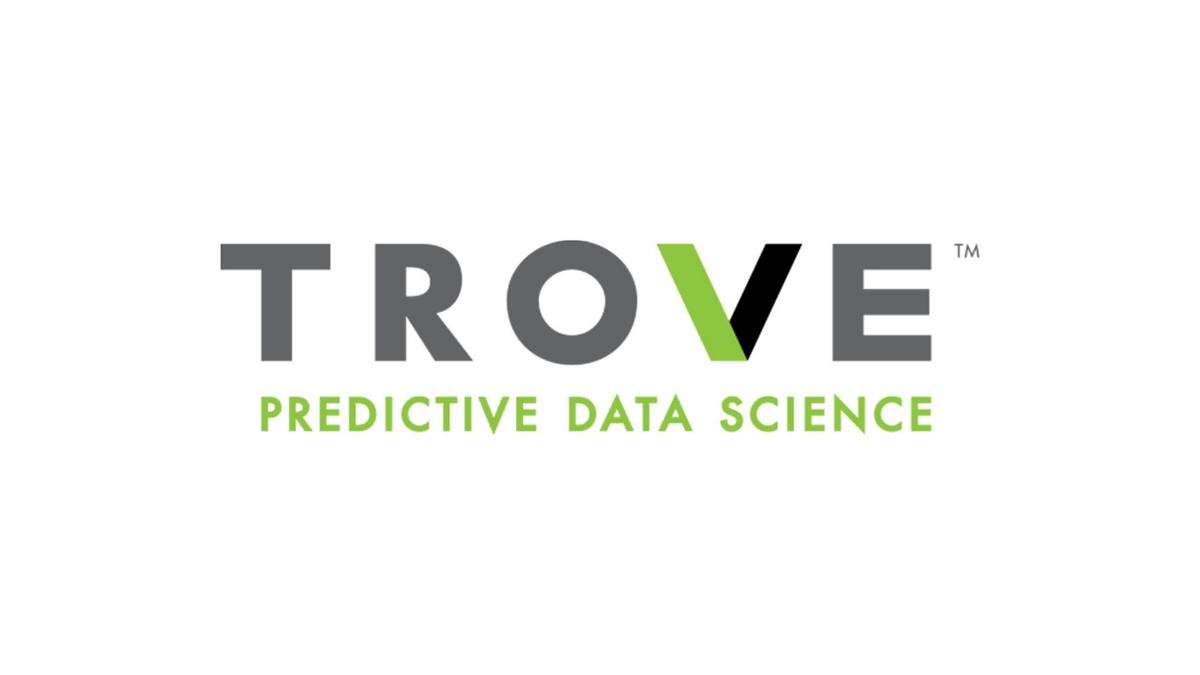
The methodology described in this paper includes the key influencing factors of real-world building energy use including weather data, occupant-driven loads, building operation and maintenance practices, and special events. Knowledge of ground truth also allows the development and validation of enhanced processes which leverage building metadata, such as building type or size (floor area), in addition to smart meter data. The methodology can create datasets tailored to represent specific scenarios with known truth and controllable amounts of synthetic noise. more » This paper describes a new methodology to generate synthetic smart meter data of electricity use in buildings using detailed building energy modeling, which aims to capture the variability and stochastics of real energy use in buildings. However, for initial development and testing, smart meter data are difficult to work with due to privacy restrictions, noise from unknown sources, data accessibility, and other concerns which can complicate algorithm development and validation. Smart meter data from real buildings will ultimately be required for the development, testing, and validation of these energy algorithms and processes. Any algorithm must be well characterized and validated before it is trusted to run at these scales. Euclidean distance for pattern-matching of energy use, dynamic time warping, and time-window statistics with machine learning are compared for determining building type from measured electricity = ,Īdvanced energy algorithms running at big-data scale will be necessary to identify, realize, and verify energy savings to meet government and utility goals of building energy efficiency. Real-world considerations including data preparation, quality assurance, and handling of missing values for advanced metering infrastructure data are addressed. The smart meter data is compared to 97 different prototype building energy models to assign building type. In partnership with a utility, a years worth of real-world, 15-minute electrical use data has been examined. A critical feature that is not generally obtainable is the building type.

Many building features needed to create building energy models are readily available such as 2D footprints and LiDAR (height).

Building energy modeling allows researchers to simulate building physics, gain insights into possible energy/demand saving opportunities, and assess cost-effective resilience amidst climate change.

Edt smart utility iso#
We are honored to serve as a manufacturer’s rep for EDT. As a leader in the visual display market with ISO certified manufacturing facilities in both Taiwan and China, EDT continues to use innovation and extensive research efforts to bring products that are high reliability, viewer-friendly, and cost-effective.United States building energy use accounted for 40% of total energy use, 74% of peak demand, and $412 billion in 2019. A custom designed cover lens can be added to give each product a unique expression.

It includes all necessary circuits to control the TFT display module, backlight, PCAP touch sensor and the GUI application. The controller board is integrated with the display as one compact module. The EDT Smart Embedded® product enables the user to add a modern GUI with high-end graphics and smooth animation to any system without the overhead of a memory and power-demanding operating system. With EDT’s newest invented product, they remove the workload from their partners and customers, and make things easier, faster and more profitable, with warranty for the total solution and technical support all from just one supplier – Emerging Display Technologies Corp.


 0 kommentar(er)
0 kommentar(er)
